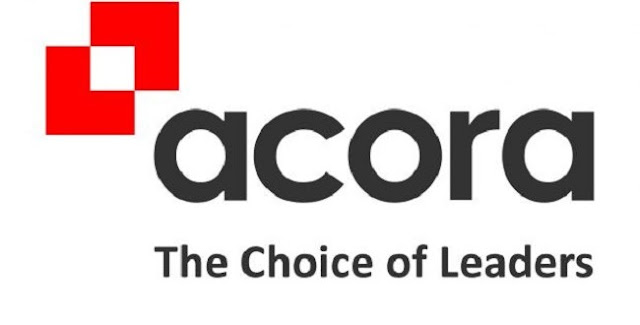View/Recognize Object through Image Features
Humans tend to view and recognize object through image features like the shapes and curves. For instance, we can identify faces, cars, animals and the various other objects through their simple sketch image. However, for the computer, recognizing object or the features of image could be a challenging affair. Precise display of image features is very essential in a wider range of computer vision application, for instance – image registration, object detection and 3D reconstruction.
These images features comprise of contours, edges, corners, regions, lines, curves, interest points and much more. But the research is disjointed in these areas particularly with regards to line and curve discovery. The focus in the thesis lies in discovering, integrating, evaluating and summarizing past research and their contribution in the field of image features.
An understanding on the framework of concept, evaluation, implementation and application for image features has been provided with this thesis. The thesis first proposes a new concept of interest curves which is a concept resulted and extended from interest points. They are significant lines and arcs present in an image, repeated under different image transformation bringing out clear guidelines and structure for future curve and line discovery process and associated application.
Thesis – Evaluation Outline, Distinguishing/Describing Interest Curves
Next, the thesis presents an evaluation outline in distinguishing and describing interest curves and the evaluation framework offers a new model in comparing the performance of the state-of-the-art line and curve sensors beneath image agitations as well as transformations. Lastly it intends an interest curve detector – Distinctive Curves, DICU that unites the discovery of corners, lines, edges and curves.
For upcoming technologies like virtual reality, Google Car or AI brain, image feature would tend to be fundamental components. There has been solid concept missing even though there are hundreds of solutions for the detection of image features already available till now. Bo Li, in his doctoral thesis at the Department of Applied Physics and Electronics at Umea University had developed a discovery concept in computer vision, interest curves. He informed that with this system, the computer can redraw an image utilising curves strokes and recognize objects through these curves.
Concept – New Dimensions of Comprehending Image Features
The concept tends to bring new dimensions of comprehending image features which comprise of regions, points, lines and curves as well as enables these features to be signified within the same hypothetical outline. It enhances the standard for future research related to image features while at the same time offers practical guidance in this field.
The most essential element in feature extraction, according to Bo Li, is the vigour and his results indicate that his system enables curves and lines to be noticed strongly under different image transformation and disturbances. Curves and lines, in the past had not been popular as points and regions in the scope of computer vision since they lacked adequate strength.
With Li’s new theory as well as algorithms, this will bring about a change. Bo Li explains that curves and lines tend to be naturally useful than points since humans use these shapes in describing the world and his doctorate work portrays several advantages of using curve features in computer vision applications.







